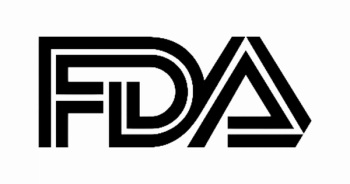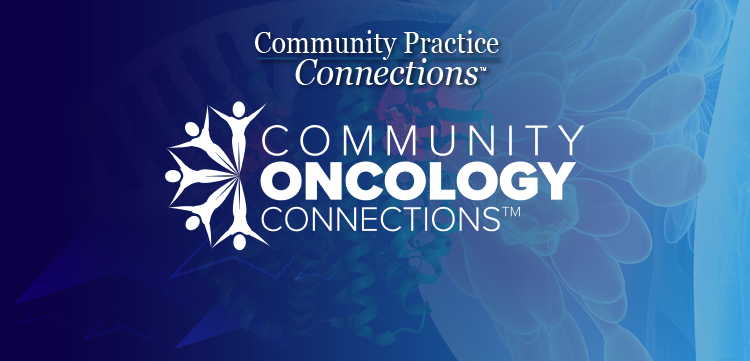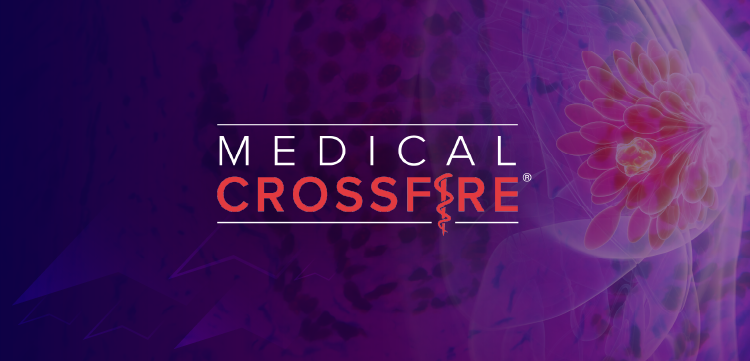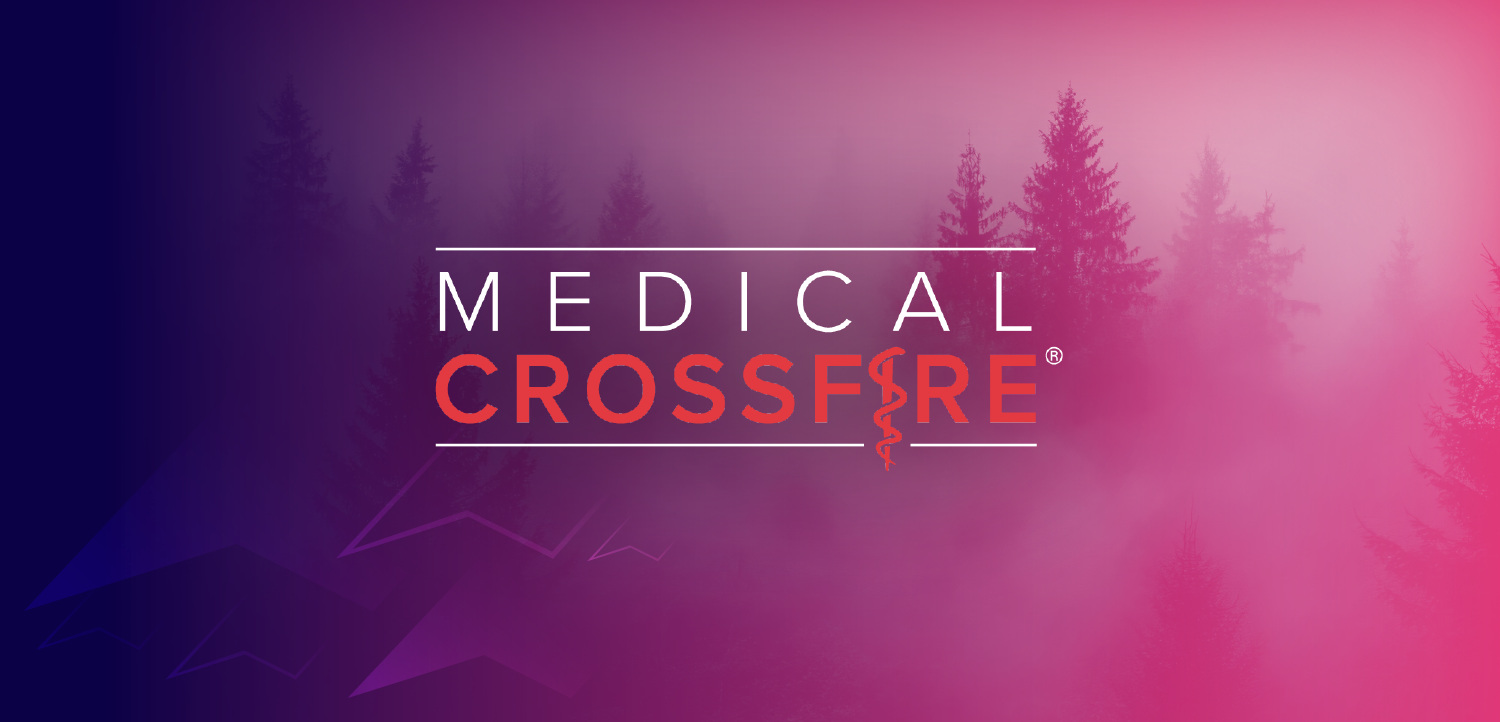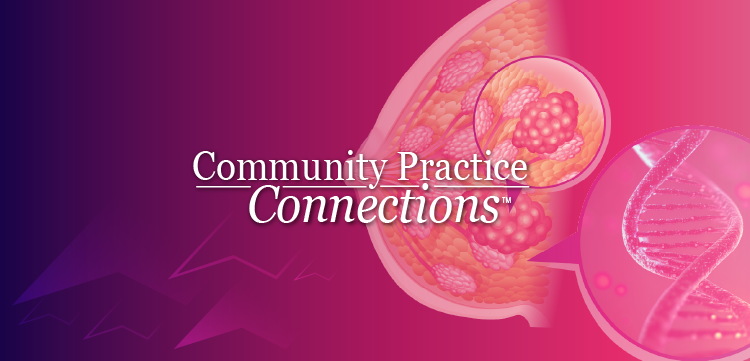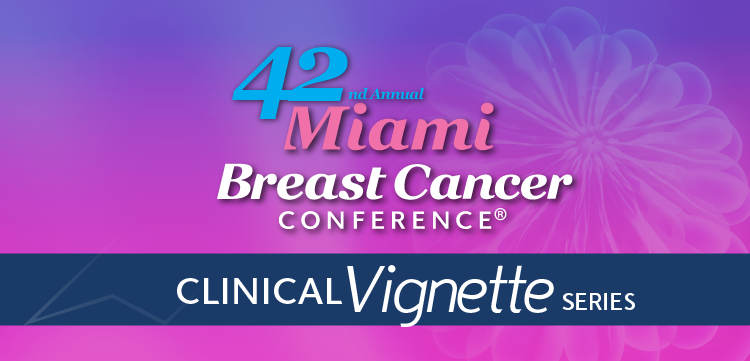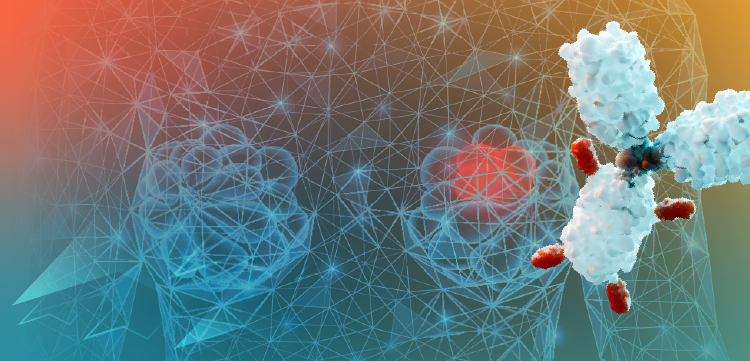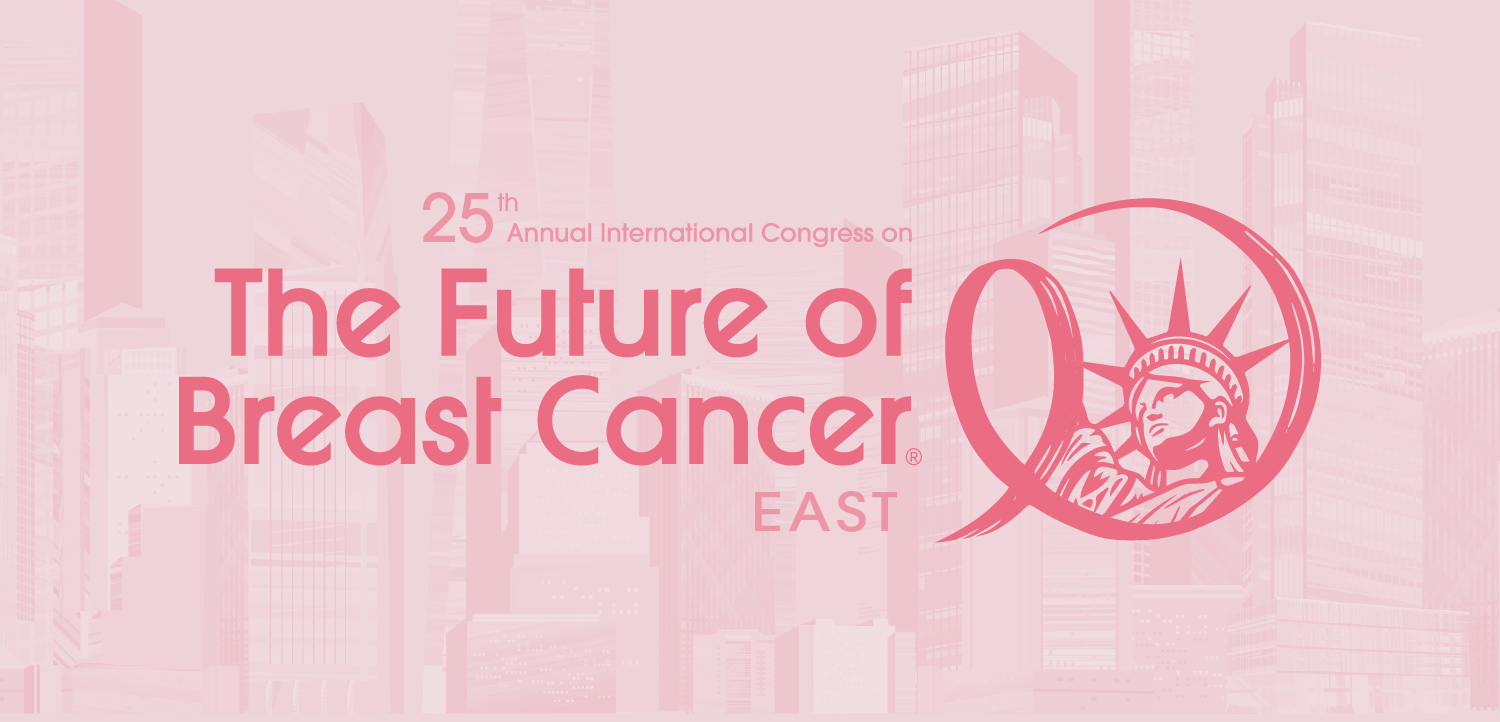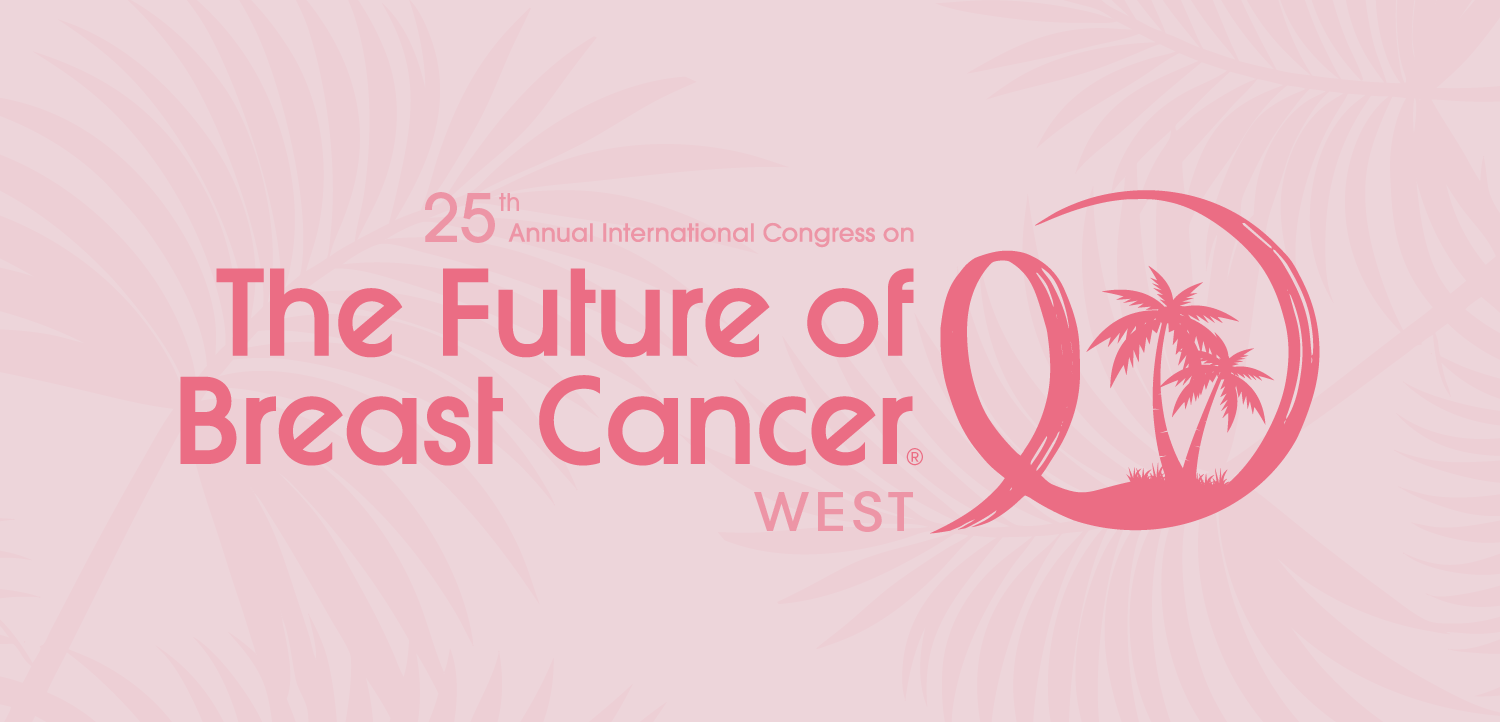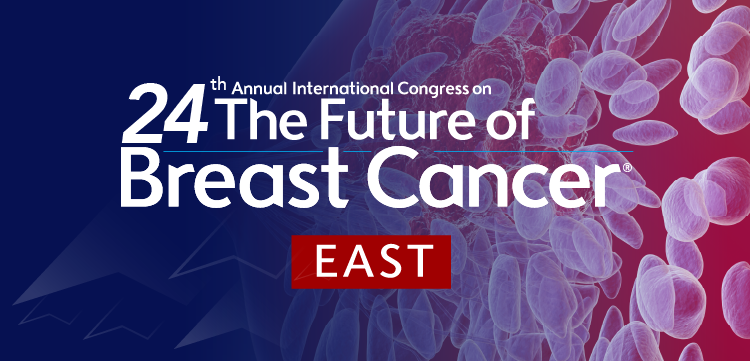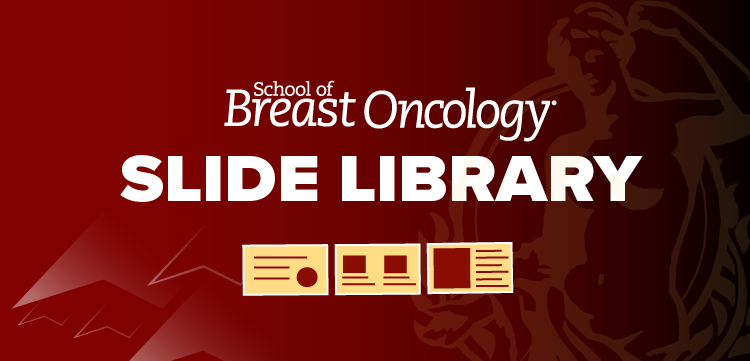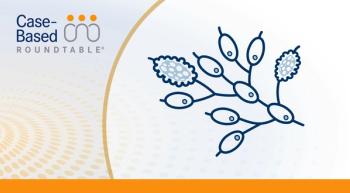
New Partnership Aims to Improve Lung Cancer Detection With AI
Amit Gupta, MD, discussed a new collaboration between University Hospitals Cleveland Medical Center and Qure.ai that aims to enhance early lung cancer detection.
A new collaboration between University Hospitals Cleveland Medical Center and Qure.ai, is focusing on deploying the FDA-cleared artificial intelligence (AI) qXR-LN for early lung cancer detection via chest X-rays.1
This AI tool, which was approved by the FDA in January 2024, acts as a "second read" for radiologists, aiming to improve the detection of subtle lung nodules.2 A prospective, randomized, control trial plans to further assess and validate this AI's effectiveness in a real-world setting.1
In an interview with Targeted OncologyTM, Amit Gupta, MD, chief of cardiothoracic radiology and modality director of diagnostic radiography at University Hospitals Cleveland Medical Center, discussed this new collaboration that aims to enhance early lung cancer detection.
Targeted Oncology: Would you mind just talking a little bit about this new collaboration?
Gupta: This is a new collaboration between Qure.ai, which is a company that specializes in creating new AI tools to make the radiologist's job easier and also facilitate patient welfare in the long run. This company has a footprint in 90 plus countries, last I checked, and they recently got FDA approval for the tool that we are trying to test in the trial that we are conducting. Qure.ai is the name of the company partnering with University Hospitals. They recently got FDA approval for a tool that finds lung nodules on the chest X-ray. It is called qXR. We are trying to test this tool in a live environment using a prospective randomized control trial model.
How does qXR fit into current radiology workflows, and what is the benefit for oncologists?
This is the first year, which is kind of like a trial period, in the sense that it is research-only access right now. Based on the results of this research, we will try to see how in the future it fits in the entire landscape, and also empower the oncologist as well. For now, it will be affecting patient care in a way of a research protocol. But again, going ahead, it will try to get more lung cancers detected at an early stage, which will be beneficial for the patient, so that they can get a potential cure. As we all know, lung cancer is potentially curable as soon as you detect it in the early stage. I think chest X-ray can be a very powerful tool, again, by adding artificial intelligence to it, it can be a super powerful tool in finding lung cancers that are at an early stage and potentially giving a patient a chance for a cure from this deadly disease.
What specifically is interesting or notable about this AI?
If we want to understand what this tool does, we may have to step back. For example, lung cancer is a big global health problem, and right now, all the guidelines are based on using CT scan for this purpose. Talking about the United States, there is a United States Preventive Task Force criteria, which tells you if you are eligible for a low-dose lung cancer screening CT scan, if you fulfill some of the criteria, like number of years of smoking and some other demographics. So, that is the standard of care right now. But again, that standard of care is only available because of logistic and other barriers that exist there.
Only 16% of the eligible people are able to get this screening scan, which means there is a big void here and a need for improvement to have lung cancer screening reaching the general masses to a greater extent. This chest X-ray solution is kind of like a solution which finds the nodules on the chest X-ray, but inherently, without any AI, it is extremely difficult, and many times it is near impossible, to find a nodule on a chest X-ray. With the AI bandwidth or the horsepower, we are able to find more nodules. Hence, that is the hope, to find more cancers in the long run, if we use AI on the routine radiographs, empowering the existing radiology workflow. AI in this workflow is kind of facilitating the radiologist to find more lung nodules which may be actionable in the downstream run and help in empowering the oncologist and also the patients who are of our early queue.
What kind of clinical data supports this so far?
The company has validated this tool in multiple countries, and recently their data has been reviewed by the FDA, which is the supreme authority and agency in the United States that approves AI tools as medical devices. We call them SaMD, software as medical devices. So it is approved by the FDA for clinical care based on the data that was presented to FDA by the Qure.ai folks. As of now, if some health system wants to deploy this tool, there's no legal hurdle to that. I think this randomized control trial is our own personal due diligence, which, according to FDA, should happen in some format, that anything which is FDA approved should be tested in the local environment before you actually open it up to the masses. This randomized control trial is our way of testing this algorithm before we open it to the general masses based on the results of the trial.
Do you think that we can rely on AI as much as human radiologists for cancer diagnoses?
That is a difficult question to answer, but in the present day, I'll say AI is not there to have an autonomous kind of a role in cancer diagnosis. That is why how this thing is currently being designed is there's always a human in the loop. The FDA has approved this with a caveat that there has to be a human in the loop. Again, AI is facilitating the reader, but the reader is already using his or her years of experience to make the correct assessment. AI is facilitating this. I can call it facilitated intelligence, rather than totally artificial intelligence working by itself. So in cancer diagnosis, I think, as in any other use case right now, AI is being approved as an adjunct to expert readers, and that is how we are envisioning to use it as well.
What would you say is the biggest advantage of using AI for early cancer detection?
I think the biggest advantage here is because the X-rays have nodules on them, which are kind of semi-visible, or at times, very faintly visible. If we know that the amount of X-rays that we do in the system is in the thousands per month, it is very difficult for even a trained radiologist, I am a cardiothoracic radiologist, to look at the nodules with the same level of diligence. Having said that, some of the nodules may not be perceptible to me no matter what I try. I think AI is kind of a second set of eyes in this situation, and trying to empower me, or the other readers in the system, that, hey, would you mind looking at this area of the radiograph again, and then that reader should look at that area and say, like, hey, I like your idea, or I do not like your idea. Maybe I think AI here is kind of focusing you in a direction where AI feels that it saw something. Basically, you have an additional set of eyes which point you in some direction where you can adjudicate whether AI is correct or incorrect, but the final version of the report is your expertise plus AI vision.
Where do you see AI making the biggest impact in cancer care in the next 5 to 10 years?
It is such a fast-changing landscape, it is very difficult to chart it out. But I can say that going ahead, I see AI working in sync with radiologist oncologists, maybe part of the virtual tumor boards where the AI result is there, which is easily understandable by any physician. It is more about explainability, rather than the black box in nature of the AI, which is kind of currently criticized. I think as we become more and more savvy about how AI is working in the back end, we will be empowered sooner or later on the back-end processes, and that's how the trust in AI will bolster further in the coming year.
In 5 to 10 years, AI will take a majority of the detection test, like, hey, I found the nodule, and then the radiologist or the reader will be the adjudicator, or maybe adding more value based on his or her experience on what they feel about that nodule in that clinical setup, like, for example, if the patient has some immune-related problem, it can be an infection which can present as a nodule. If the patient is a smoker, it can be a cancer, because a nodule is the beginning of the story, and that's where the AI is helping us. Going ahead, not to drag it further, there are initiatives or works in progress, not only detecting the nodules, but finding the malignancy risk associated with the nodules. And I think that is a work in progress right now. I'm hopeful in the next five to 10 years, that will also empower the readers and the oncologists about the risk of a nodule, whether they should follow it or resect it at that given time.
Looking forward for qXR. What do you think are the main takeaways that oncologists should be aware of or look out for?
I think at the present moment where it stands, oncologists will already see a refined version of the report. The radiologist is already dictating these cases, and as per the trial, they will continue to do so. The present clinical workflow will work like it used to, along with half of the patients randomly decided will get AI flavor added to the interpretation as well. As of now, what oncologists can expect is hopefully, because the study is still going to start in a week or so from now, the oncologist, and that's our hope as well, we are expecting to find more early-stage cancers or nodules at an early stage. What oncologists can expect out of that is more nodules coming their way at an early stage, so that they can feel good about their job diagnosing cancers that early stage and hopefully treating those patients for a healthier lifespan.
Again, the perspective of using the AI in this situation is to empower the readers to begin with, but ultimately, this empowerment results in a win-win situation for everyone. It is a win-win situation for a radiologist, because I love to diagnose each and every cancer that is in the picture, or any benign nodule, or declaring a person normal with AI power gives me more confidence. Similarly, it's a win for the oncologist as well, because they want to treat more patients and feel good. We feel so good in diagnosing cancer at an early stage and saving lives. And finally, for the hospital, it's also a win and a patient as well to the same level, because you want to get treated at an early stage. I will say that it is a win-win solution for everyone. Again, we will find more about this reality, like how useful it is in the UH setup after we are done with this trial.
References:
University Hospitals Cleveland Medical Center activates AI for early lung cancer identification. News release. University Hospitals Cleveland Medical Center (UH) and Qure.ai. April 2, 2025. Accessed April 2, 2025. https://tinyurl.com/22tcrur2
Qure.ai's AI-driven chest X-ray solution receives FDA clearance for enhanced lung nodule detection. News release. Qure.ai. January 8, 2024. Accessed April 2, 2025. https://tinyurl.com/bdayxu95


